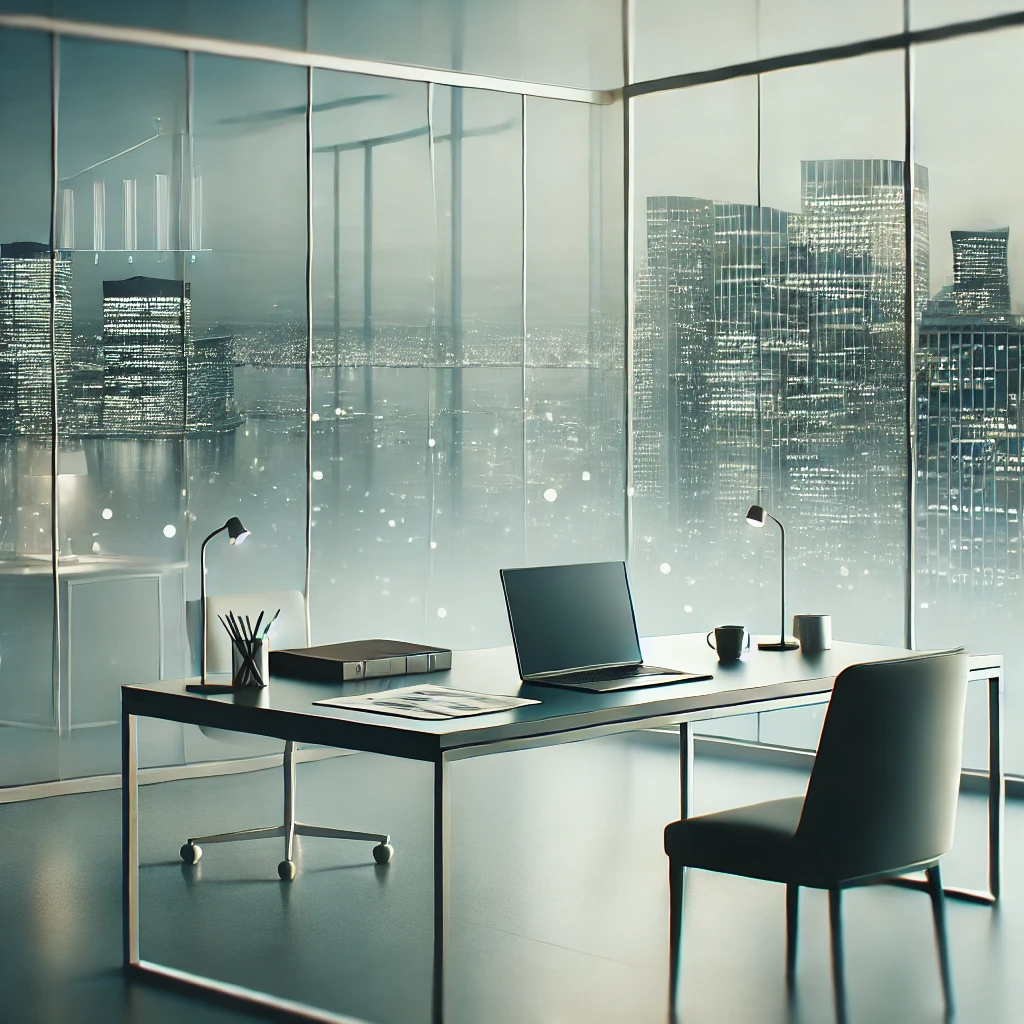In the realm of photography, capturing the perfect moment is only half the battle. The true magic often unfolds during the editing process, where you refine the raw image and imbue it with your artistic vision. While adjustments to lighting, color, and contrast play a crucial role, there’s another powerful tool in the editor’s arsenal: object removal.
This subheading might conjure up visions of erasing unwanted tourists from a landmark photo or removing a stray power line disrupting a scenic landscape. However, object removal transcends mere cleanup; it’s a technique with the potential to elevate your photographs and unlock creative possibilities.
The Art of Subtraction: Finding Harmony Through Removal
Photography thrives on guiding the viewer’s eye. A well-composed image directs attention towards the subject, creating a sense of balance and purpose. However, extraneous elements can often clutter the scene, distracting from the core message or narrative. Here’s where object removal becomes a Zen-like practice, a process of subtraction that leads to a more harmonious composition.
Imagine capturing a breathtaking mountain vista at sunrise. Unfortunately, a misplaced power line cuts across the frame, disrupting the flow of the majestic peaks. By using a background remover tool, you can meticulously erase the line, leaving behind a pristine landscape bathed in golden light. This subtle yet impactful edit enhances the image’s natural beauty and allows the viewer to fully immerse themselves in the grandeur of the scene.
Object removal isn’t limited to unwanted distractions. It can also be used to create a sense of mystery or intrigue. Consider a street photograph bustling with activity. You might choose to remove specific individuals, leaving behind a solitary figure or a seemingly deserted scene. This unexpected edit can spark curiosity in the viewer, prompting them to question the narrative and context of the image.
Embrace the Power of “Less is More”
The philosophy of minimalism translates beautifully into the art of editing. By removing unnecessary elements, you allow the essence of your photograph to shine through. This principle is particularly relevant in minimalist photography itself, where clean lines, negative space, and a focus on form take center stage. Here, object removal becomes an essential tool, helping to refine the composition and emphasize the stark beauty of the subject.
Take, for instance, a minimalist shot of a single red flower against a stark white background. A stray leaf or a misplaced stem could disrupt the visual balance. By utilizing a remove object from photo tool, you can ensure that the flower stands alone, its vibrant color and delicate form captivating the viewer’s attention.
The “less is more” approach also applies to portrait photography. Removing stray hairs, blemishes, or even background clutter can elevate a portrait by drawing focus to the subject’s eyes and expression. However, it’s crucial to maintain a sense of authenticity. Over-editing can create an artificial and overly polished look, detracting from the natural beauty and emotional connection of the portrait.
Mastering the Craft: Techniques and Ethical Considerations
Technology has revolutionized object removal in photography. Tools like background remover and content-aware fill algorithms have become incredibly sophisticated, allowing for seamless edits even in complex compositions. However, mastering object removal requires more than just technical expertise. Here are some key considerations:
- Selection: Selecting the object for removal with precision is crucial. This ensures a clean edit with minimal damage to surrounding areas. Modern editing software offers advanced selection tools that make this process easier.
- Cloning and Healing: When removing larger objects, cloning or healing tools can be used to fill in the empty space. These tools replicate textures and patterns from surrounding areas, creating a natural-looking result.
- Balance and Authenticity: Always prioritize maintaining the overall composition and integrity of the image. Avoid excessive removal that alters the scene’s context or creates an unrealistic aesthetic.
- Ethical Considerations: The ethics of object removal can be debated. While removing distracting elements is often acceptable, altering a scene to manipulate reality poses ethical concerns. Be transparent about your editing practices, especially when it comes to journalistic or documentary photography.
Unleashing Creativity: Beyond Cleanup
Object removal isn’t just about fixing flaws; it’s a creative tool with boundless possibilities. Here are some ways to push the boundaries and explore the artistic potential of this technique:
- Composite Images: Create surreal or magical effects by removing objects from one image and placing them in another. This opens doors to fantastical storytelling through photography.
- Conceptual Photography: Use object removal to emphasize a specific theme or message. Remove elements that contradict your concept or highlight those that reinforce it.
- Minimalist Abstraction: By removing all but the most essential elements, object removal can be used to create striking abstract compositions.
Conclusion: Finding Zen in the Editing Process
The editing process is a journey of discovery, and object removal plays a significant role in refining your vision and crafting a powerful image. By embracing the philosophy of “less is more” and mastering the technical aspects of object removal, you can elevate your photographs and unlock a world of creative possibilities. Remember, object removal is a tool, and like any tool, it’s most effective when wielded with intention and artistry.
Here are some final thoughts to keep in mind:
- Practice Makes Perfect: As with any editing technique, the more you practice removing objects, the better you’ll become at achieving natural-looking and impactful results.
- Experiment and Explore: Don’t be afraid to experiment and push the boundaries of object removal. Embrace the creative potential of this technique and see where it takes you.
- Develop Your Editing Style: As you hone your skills, you’ll develop a unique editing style. Decide when and how you’ll utilize object removal to create a cohesive visual language in your photographs.
In conclusion, the Zen of editing lies in finding the right balance between preservation and transformation. By using object removal thoughtfully and strategically, you can transform a good photograph into a masterpiece, one that not only captures a moment but also evokes emotions and tells a story. So, delve into the world of object removal, embrace the power of subtraction, and discover the magic that lies in editing your photographs.

















